Documentary evidence shows that the first people to live here were monks. In the Domesday Book, “Alnulfus the priest has a church, Holy Trinity, to which belongs twenty-six acres in alms”. The church was to the west of Thingstede Way (Bolton Lane) and the parish boundaries were probably similar to St. Margaret’s. Around 1177 the Augustinian Priory of Holy Trinity (also known as Christchurch) was established with 260 hectares of farmland and fishponds. The sole present day reminders of Holy Trinity within the Park are the Round Pond, Wilderness Pond and a section of its 16th-century enclosure wall. The ponds are thought to have served as fishponds that helped feed the monks. Research has suggested that the Park’s springs supplied the town with water. They were a source for some of the streams which formerly ran through the town from the Holy Trinity wash-house, and were later utilised for part of the town’s elaborate medieval water system.
In 1536 Cardinal Wolsey was looking for money to build his New College at Ipswich (now Ipswich School) and he decided to close Christchurch Priory and use its money for the College. It is said that this project gave Henry VIII the idea of closing down all the monasteries in England and using their lands and wealth for the Crown.
In 1546 the Christchurch Estate was sold for £2,000 to a prominent London merchant, Paul Withypoll and his son Edmund. Edmund pulled down the Priory and used much of the stone to build Christchurch Mansion. He also remodelled the ponds and turned part of the estate into a deer park. Queen Elizabeth the First visited the Park in 1561 and 1579.

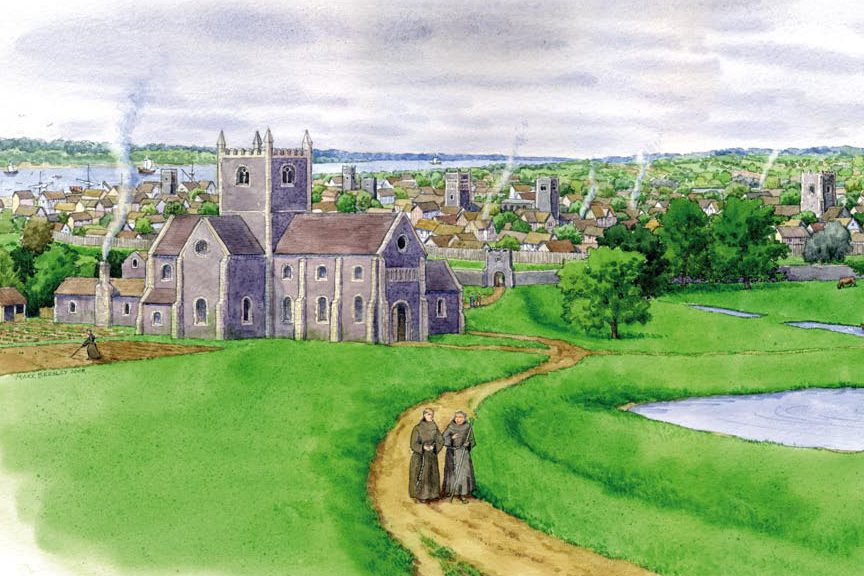
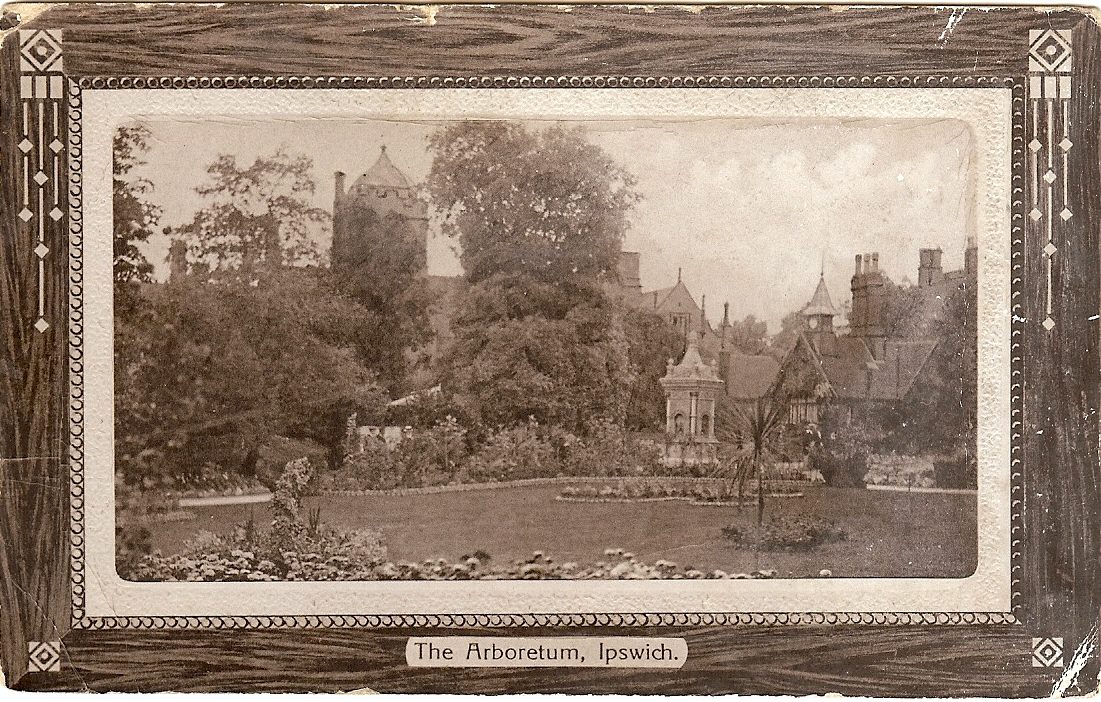
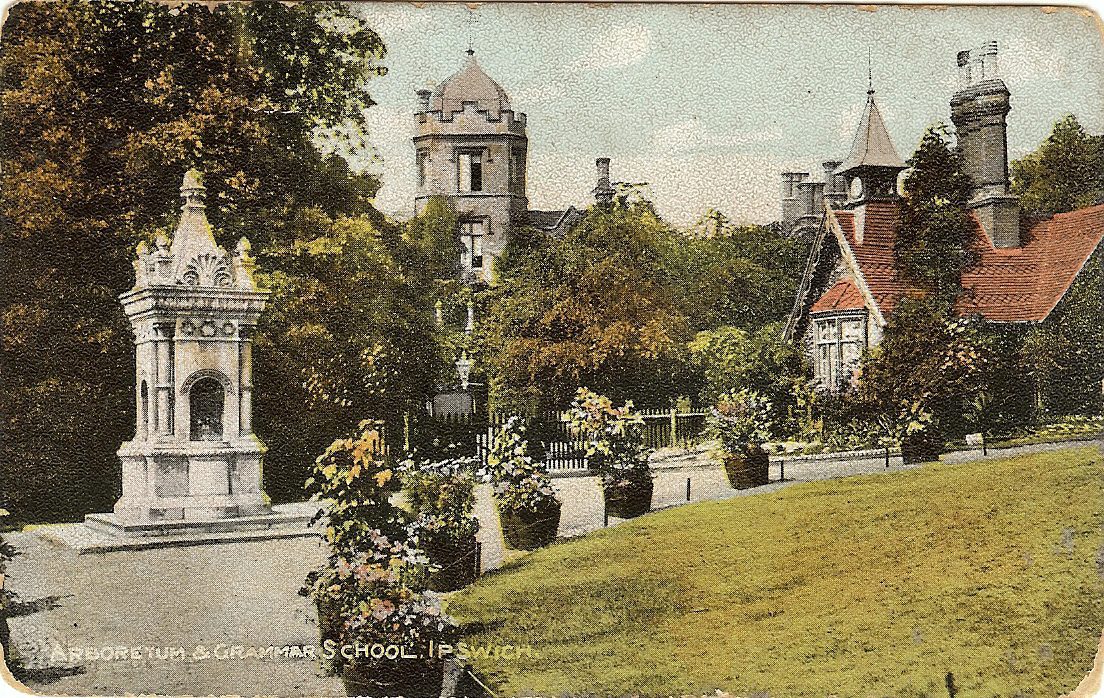
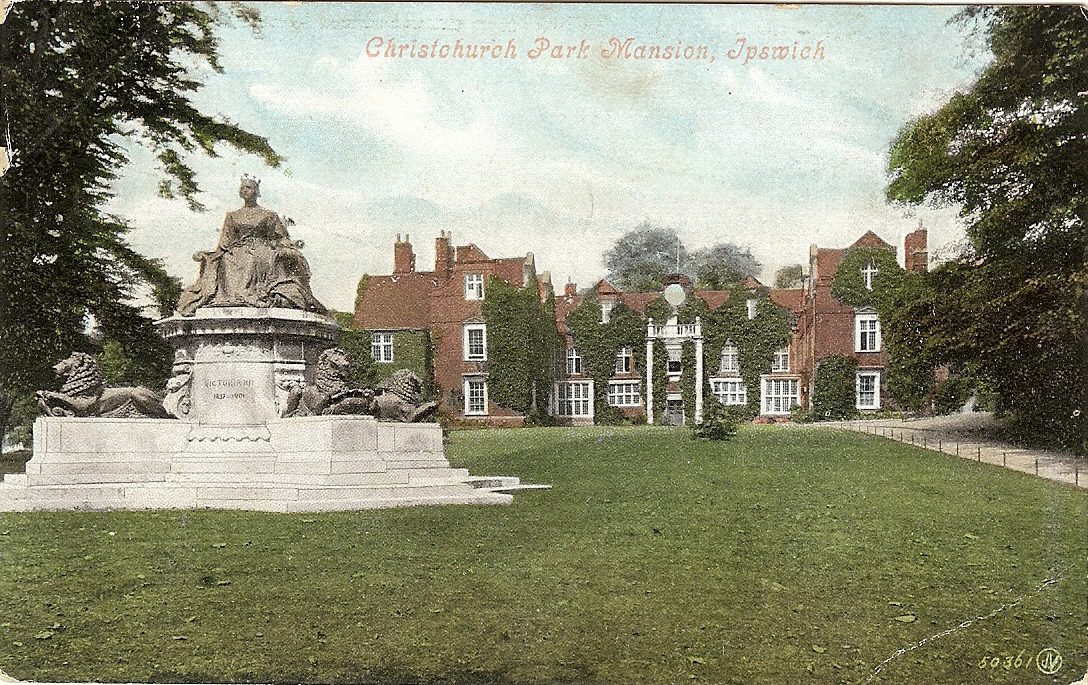
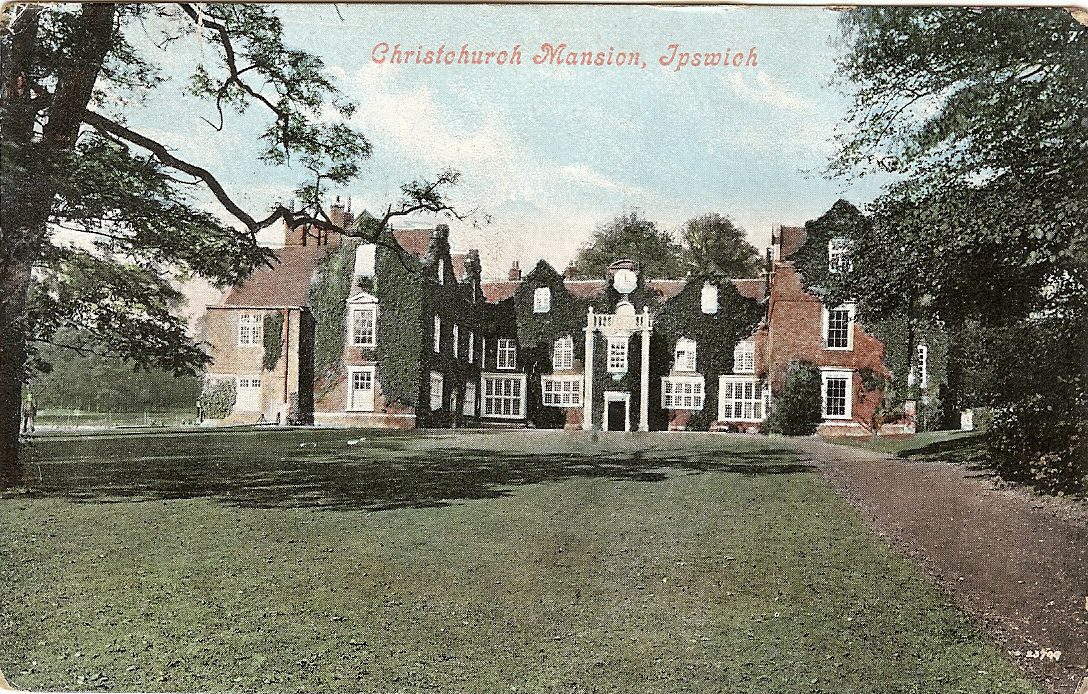

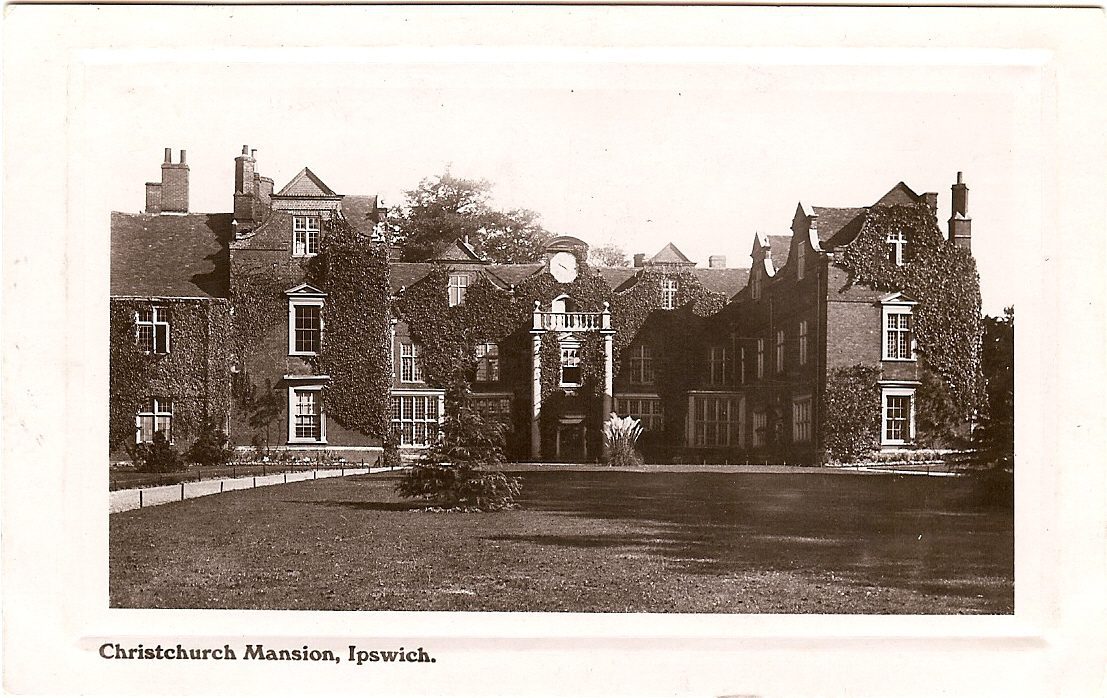
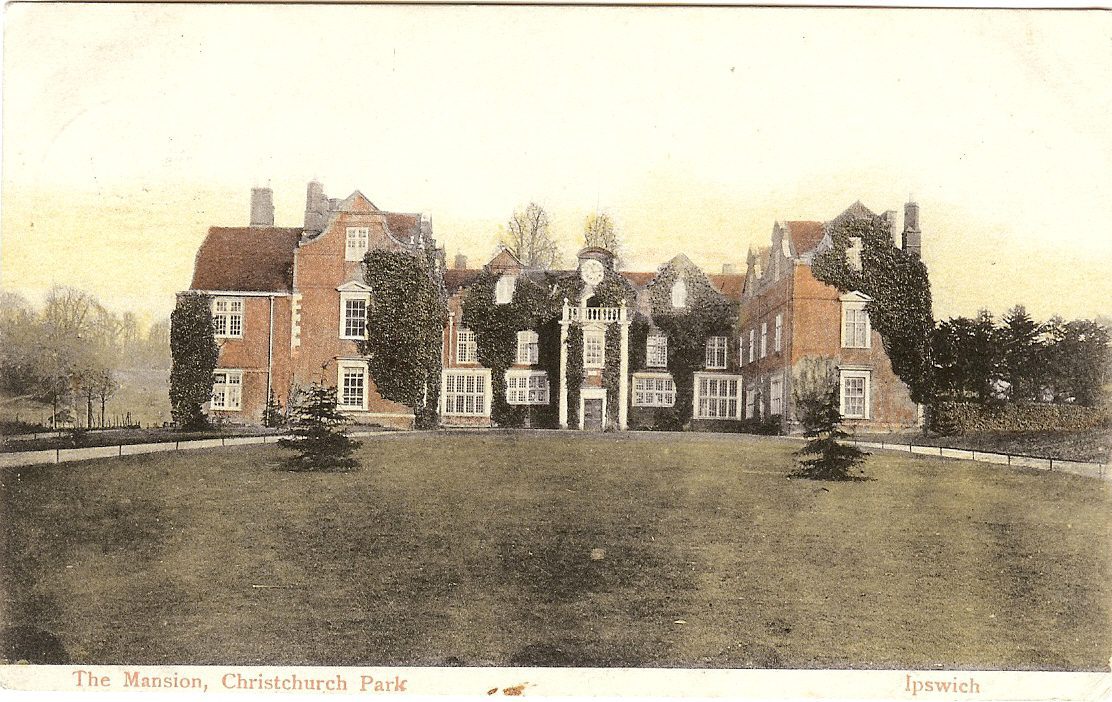
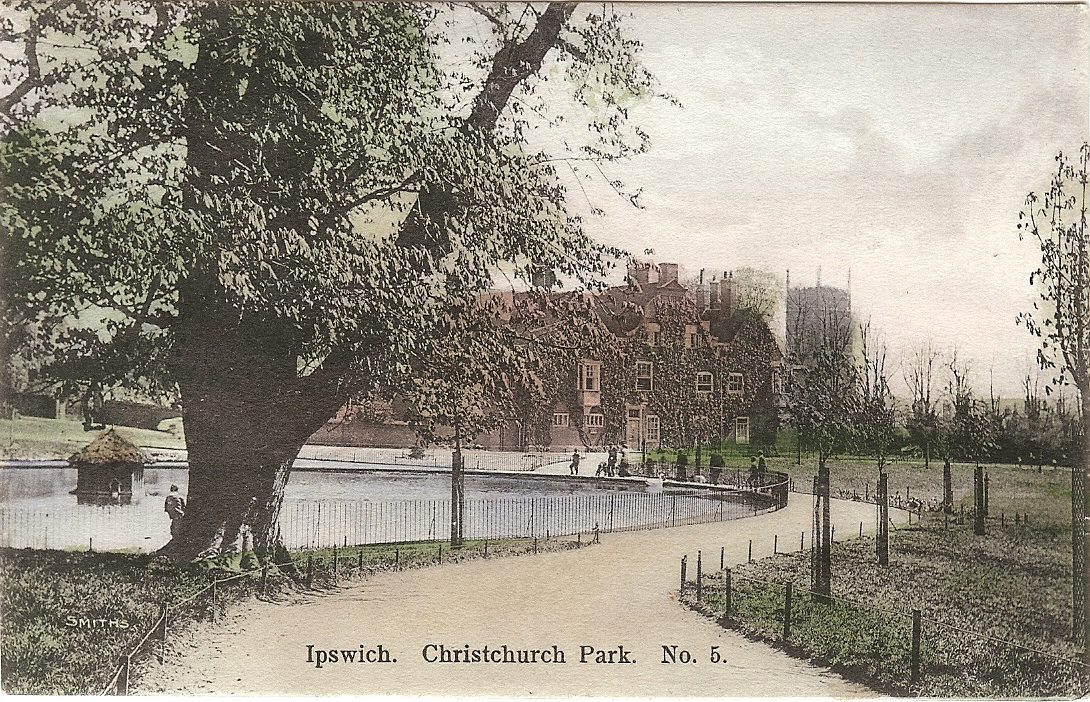
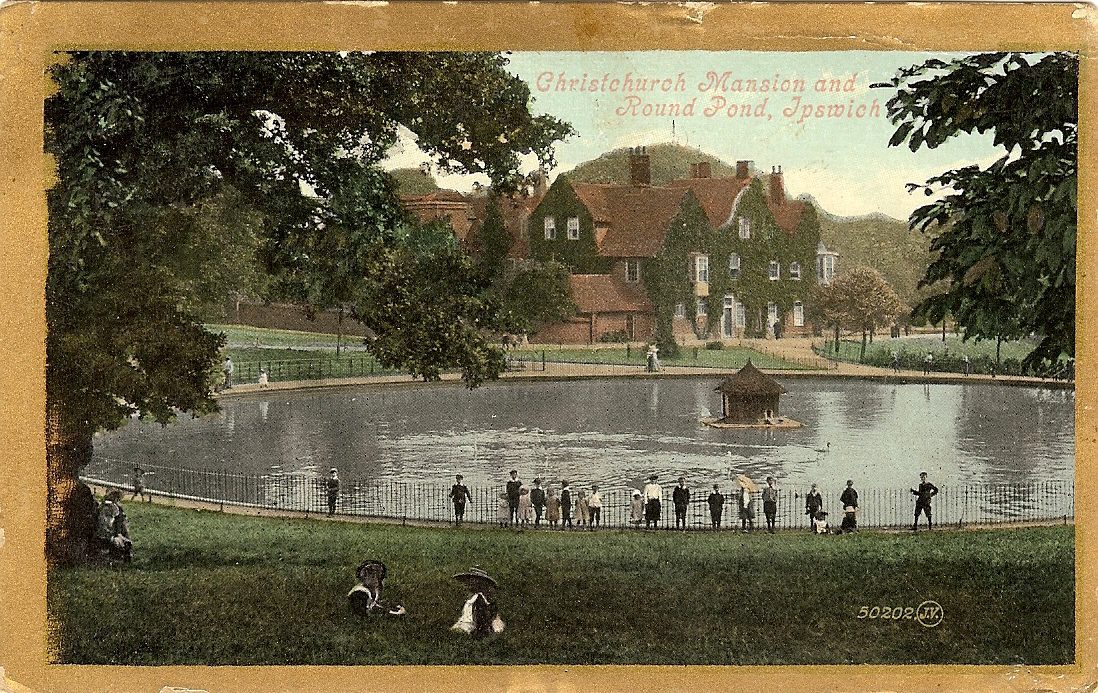
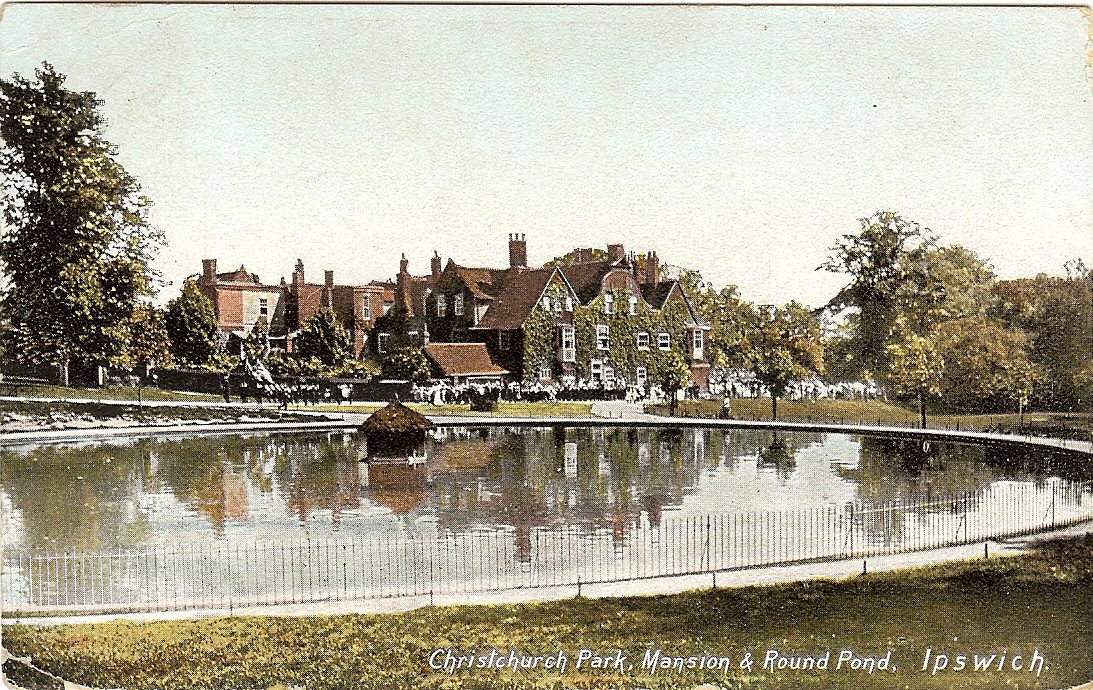


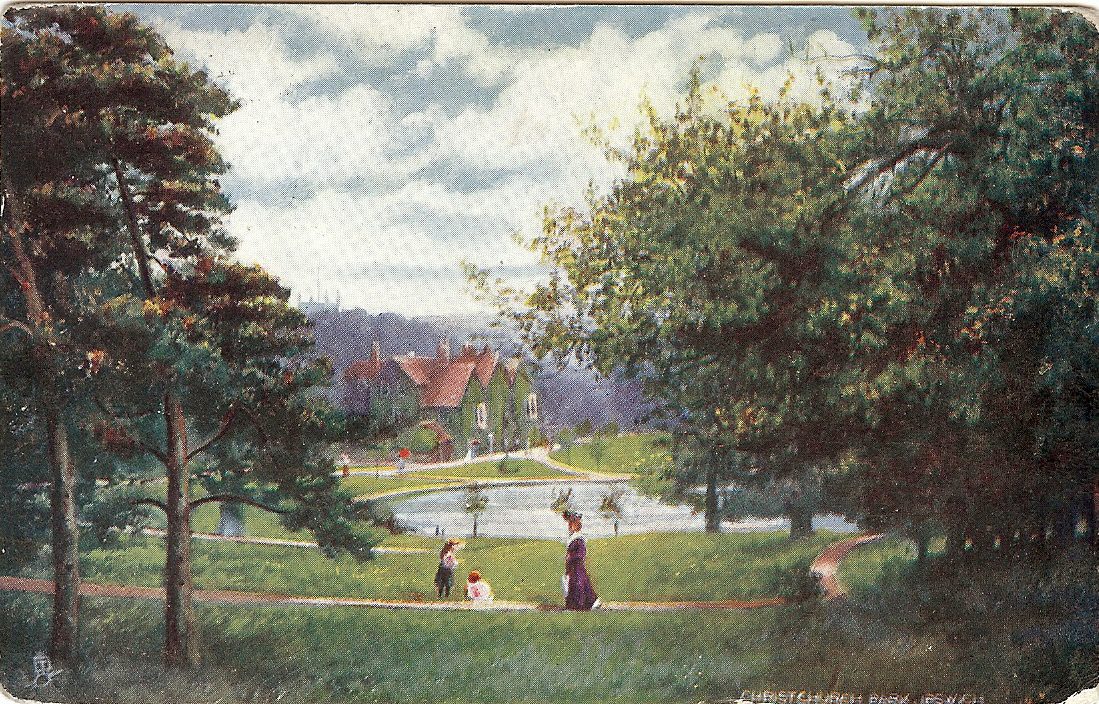

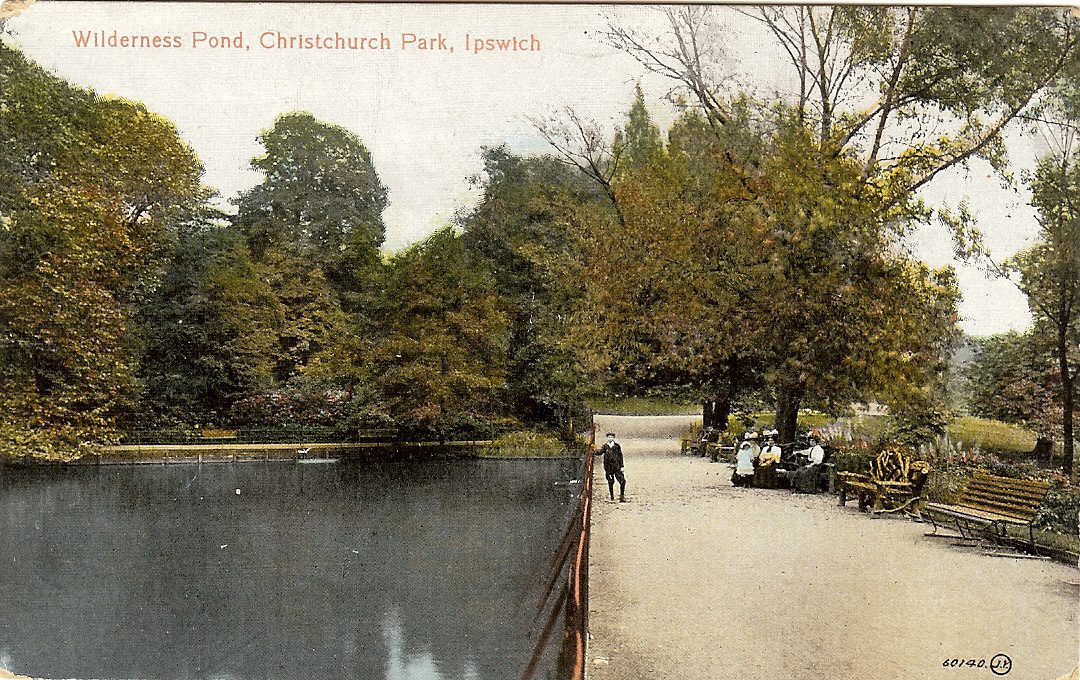
The Devereux family, who owned the land here from1642 –1732, created a number of gardens in roughly square enclosures east and west of the Mansion. This garden style reflected the fashion at that time for elaborate parterres and formal garden design. Aside from the ponds and formal gardens, the other most significant feature at this time was an avenue of trees starting immediately north of the Mansion that featured on an early map of the time. Many of these trees can be still be seen today. In 1668 Charles II visited Christchurch and is known to have played bowls here.
Claude Fonnereau’s purchase of the Christchurch estate in 1735 coincided with an ambitious programme of alterations to the Park and the pleasure grounds by the 10th Viscount Hereford. The Westerfield and Soane Street lodges were rebuilt and an underground ice house was dug. The parkland was stocked with deer after repairs were made to the boundary fences. Gravel extraction also took place within the site of the current Wildlife Reserve and the modern-day bowling greens. Legendary Suffolk native Margaret Catchpole visited the Park in the 1790’s and rescued one of the Cobbold children from drowning in the Round Pond. In 1851 Prince Albert visited the Park after he had laid the foundation stone of the nearby Ipswich School buildings, and in the same year the Arboretum was set up for private subscribers on land that had long been used for cricket matches (the Upper Arboretum was opened to the public in December 1853). A bandstand and a drinking fountain were then built in the Upper Arboretum.
In 1892 William Neale Fonnereau first offered the estate to the Corporation (now Ipswich Borough Council) for £42,000. His offer was turned down and a property syndicate bought some of the land and sold parcels of it for housing. Up to this point the houses on Bolton Lane, Westerfield Road and Park Road did not exist. In 1895 Felix Thornley Cobbold presented Christchurch Mansion to the town as a gift, on the condition that the Corporation purchased the remainder of the Park. The Corporation bought the land for £28,300 on 11th April 1895 and the Park was opened to the public on 24th April 1895.
In 1922 the Lower Arboretum was bought for £1,568 14s 3d and in 1924 the Cenotaph was unveiled. The Upper Arboretum was finally acquired for the Town in 1928. The great storm of October 1987 destroyed 235 trees in the Park, parts of which remained closed for many weeks. In 2003 the Heritage Lottery Fund approved a £4.2 million project, and works to the Park, including the building of the Reg Driver Visitor Centre, were completed in 2008.
Click on the link to see a Timeline